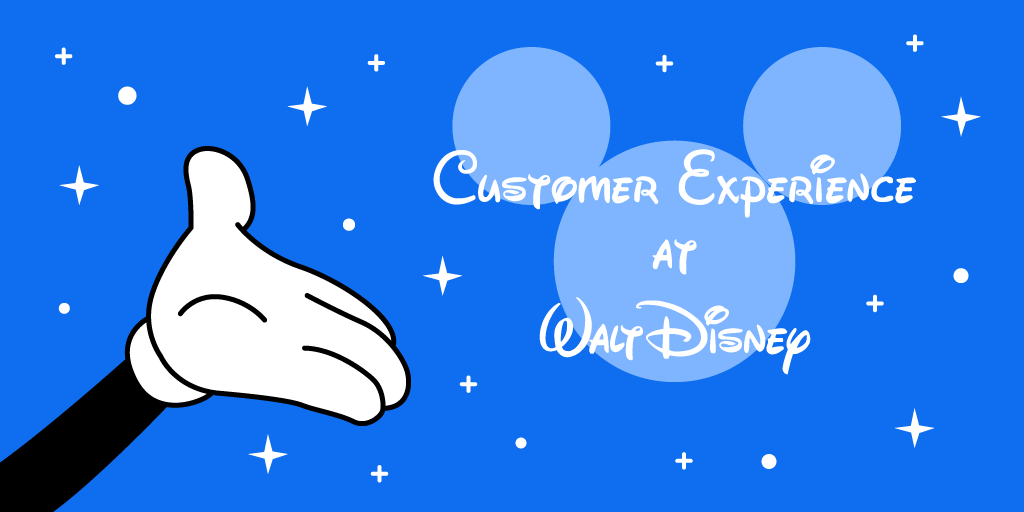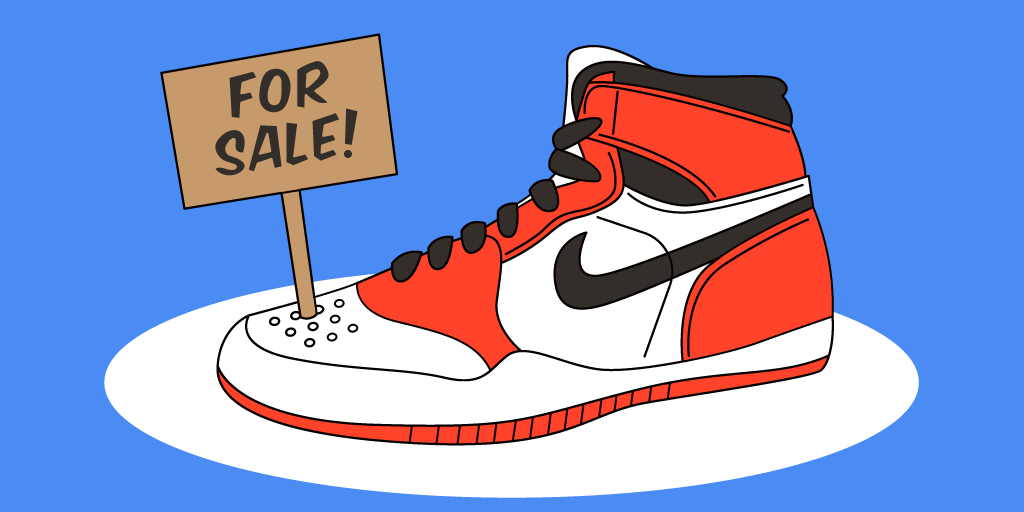Customer service isn’t something you put on autopilot and let other people stress over — well, unless you’re one of those fat cats in a top hat from old Soviet propaganda posters.
Customer service is not only the name of a department at your company; it is a (largely) unwritten list of consistent principles that you need to apply every day. In short, it is a mindset, or an attitude.
If you’re the kind of person who bristles at the idea of customer service — “Customer service? More like suck-stomer service!” (yes, in this imaginary situation, you’re also bad at puns) — then you’ll be better off reading up on some customer service stats.
Let’s see if numbers manage to change your tune.
But, if you’re one of those cool, good-looking peeps who really want to give their customers the service they’ve always wanted, then let’s work it out together: how do you acquire a true customer service mindset?
Be Ready to Listen

Listening is the first advice you get when you have relationship woes. And since the stuff we’ll be talking about today is customer relationship, we’ll stick to the same tried-and-tested methods.
Listening may be a passive process but it requires active steps to bring the results you want. So why is listening so important?
First, the best business decisions are based off of feedback and concrete numbers. What we mean by listening here may not be actual listening, rather the act of soliciting other people’s opinions. But it matters nonetheless if you want to make good business decisions.
Second, customer feedback keeps you informed whether customers are happy with your services. If there are any wrenches in your wheels, listening to customers is one of the best ways to locate them.
In short, customers are your best — and worst — critics. You may have better theoretical understanding of your products and services, but no amount of testing will get you on the same level as your customers.
They may not possess the quote-unquote “correct” vocabulary to express it, but their instinctive understanding of products and service, i.e. what they want from you, is far better than yours.
For the most part, anyways.
Third, listening is a good method of appearing empathetic and understanding. When customers see that you are interested in their opinions and wellbeing, it builds trust between you.
Put yourself in their shoes, wouldn’t it feel awesome if a customer service agent carved out some time from their busy schedule to stop and listen to what you have to say? This would show their level of care and truly put to test the customer-first policy that every business out there claims to have.
Know Your 💩
Despite the name, this shouldn’t be a controversial section. (Neither will it be long, but that’s beside the point.)
The purpose of “knowing your stuff”? To look knowledgeable when a customer inevitably asks some hard-hitting questions about your product or services. If you fail to answer any of these questions, you look like, well, a hack.
No one wants to receive services from a bumbling, air-headed dunce. Everybody wants to know, with 100% certainty, that the best team is out to service them.
So the moral of this, admittedly brief, story is to learn the ins and outs of your brand. Do not only appear to be an expert — become an expert.
And, in turn, be sure to share your knowledge, be it via one-on-one conversations with clients, online knowledge bases, FAQ sections, help guides, chat support, etc.
Respect Customers’ Time

We know what you’re thinking — Qminder is playing the same old sad violin about how queues cost you sales and what you need to reduce customer waiting time. But even if you take queues out of equation, many customers still need to go through a, sometimes literal, obstacle course to receive service.
It’s not just the queues that are a problem. The sheer amount of bureaucratic hamster wheels and rat mazes that some businesses insist on installing in lieu of fun, humane processes is downright scary.
There’s thinking over, and then there’s overthinking. It’s not a customer’s responsibility to figure out how the organization works. When there’s discontinuity instead of seamless flow, people tend to give up. Instead of looking up information on how to get serviced by you, they will start looking up your competitors.
Here’s where we’d say “you need to play your cards right”, if only that wasn’t a loaded phrase.
It seems that when most businesses hear the saying “play the game”, they think it’s the game of hot potato, where the proverbial potato is a customer who gets bounced between clerks, offices and departments.
And look, this is all understandable. After all, most of us have worked in customer service in some way or the other — the idea of being in charge of a specific customer can be scary. It’s hard not to at least consider passing a customer off to someone else.
But, on the other hand, we’ve all been on the other side as well. We as customers want as little headache as possible. When not only our orders but our entire existence is being ignored, it’s difficult not to feel disrespected.
If you absolutely need to pass off a customer to someone else, you need to make sure that:
A. It is clearly communicated to them.
B. There is a good reason for it (e.g., they will get better service).
C. It does not disrupt the flow.
There. That’s the literal ABCs of respecting your customer’s time.
Go Personal

Providing great service is like making yourself train for an ultramarathon — you always need to go extra mile.
You think it’s enough to simply get new customers, and after that life is easy? Whenever you stop renewing and improving your services, you’re signalling to your customers that you’re fine with status quo.
And in customers’ dictionary, there’s no “status quo”, there’s only “stagnation”.
Forgive us for going with a sports metaphor again, but if you want to reach new record heights, you need to keep raising the bar.
This is a bit of a “damned if you do, damned if you don’t” situation, as customers simultaneously dislike changes but also crave something new. Just look at how many people scoff at every new Facebook update.
It’s not so much a fine line, but rather a tightrope to walk. (Hey, at least that was a circus-related metaphor this time!)
One of the best ways to refresh and upgrade your level of customer service is to get up close and personal with your customers. And no, not physically getting in their face, of course. We’re talking about offering custom-tailored experiences or something as simple as using customers’ names and smiling a full smile.
And look, the results are speaking for themselves: 91% of Americans say that the degree of customer service dictates where they choose to shop. Plus, appealing to existing clients cuts some reals costs for you: acquiring new customers is far more expensive than retaining new ones — as much as 15 times more.
Hopefully, that’s all the motivation you need to make you go, “Oh, it’s on! It’s personal now.”
And that’s it! Getting a customer service-oriented mindset is easier than you may think. With the right tools and the right mindset, your success is just around the corner.






